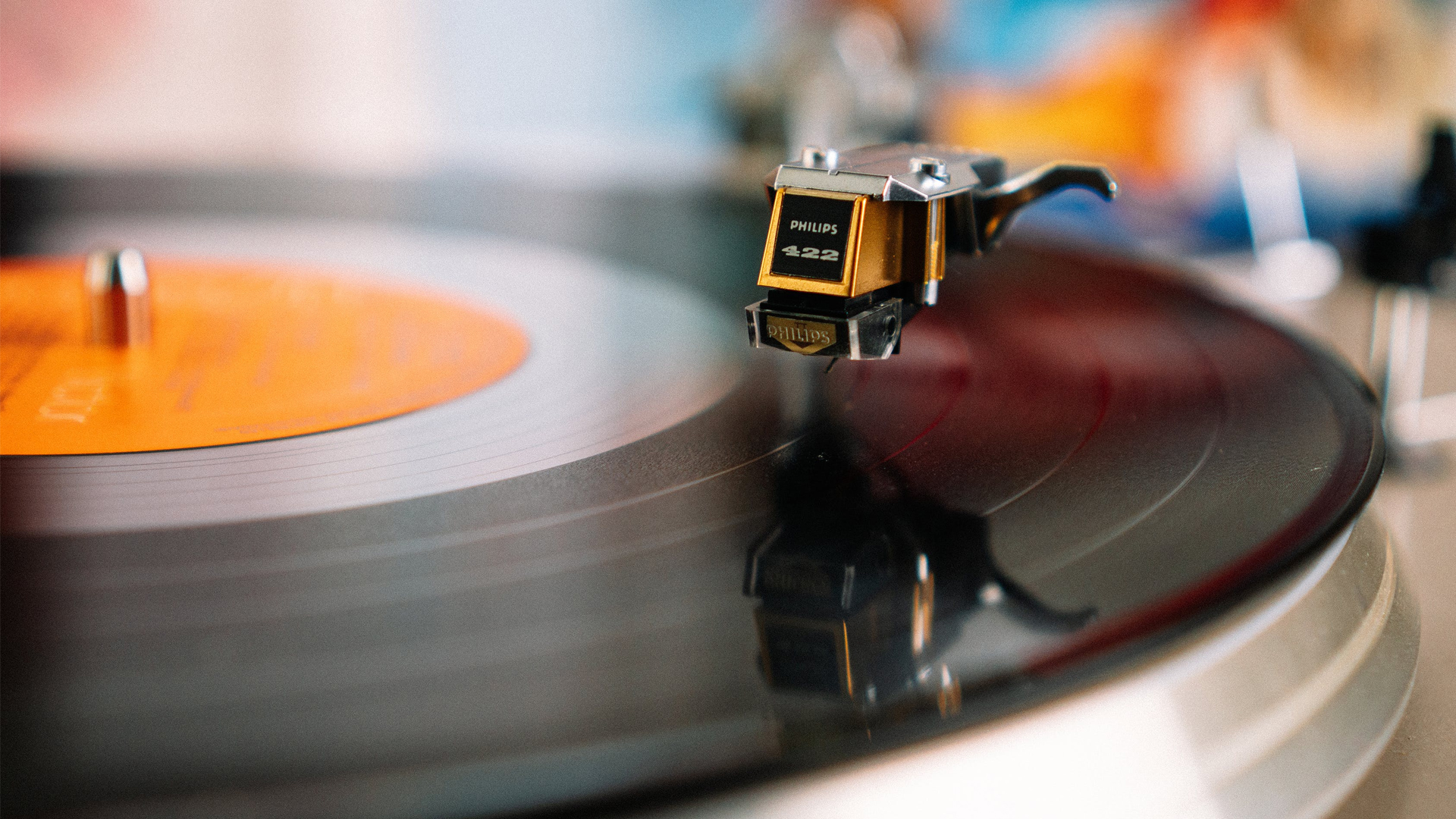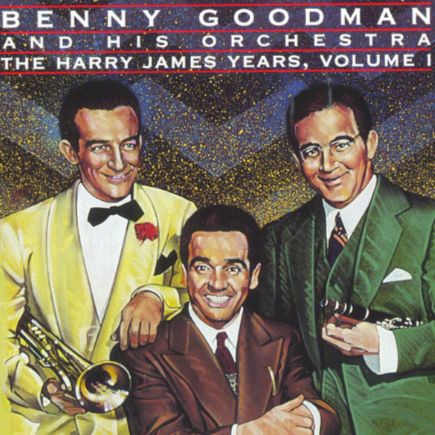I Can’t Give You Anything But Love: une déclaration tendre aux origines du jazz vocal
Composée en 1928 par Jimmy McHugh, sur des paroles de Dorothy Fields, I Can’t Give You Anything But Love voit le jour dans la comédie musicale Blackbirds of 1928, un spectacle novateur qui mettait en lumière des artistes afro-américains sur la scène de Broadway — un événement culturel majeur à l’époque.
Selon la légende, l’inspiration du morceau serait née d’une scène saisie sur la Cinquième Avenue: un jeune homme, observant les vitrines de Tiffany avec sa compagne, aurait murmuré « Chérie, j’aimerais t’offrir un bijou comme ça, mais pour l’instant, je ne peux t’offrir que de l’amour… ».
Avec sa mélodie souple, son harmonie simple et son message universel, la chanson s’impose rapidement comme un standard, tant dans la sphère populaire que dans l’univers du jazz naissant. Sa tendresse sans mièvrerie, son accessibilité mélodique et la sincérité de son propos en font un support idéal pour l’improvisation.
I Can’t Give You Anything But Love marque un tournant dans la scène musicale new-yorkaise de la fin des années 1920: elle témoigne à la fois de l’émergence du jazz comme langage populaire, et de l’intégration progressive des artistes afro-américains dans les espaces culturels dominants.
Benny Goodman, le swing raffiné des années 1930
Enregistrée à Hollywood le 6 septembre 1937, la version de I Can’t Give You Anything But Love par l’orchestre de Benny Goodman, avec la vocaliste Martha Tilton, illustre parfaitement l’élégance et l’énergie du swing à son apogée.
À la tête de son big band, Goodman apporte une lecture à la fois raffinée et entraînante. L’arrangement met en valeur la souplesse rythmique et les contrastes dynamiques caractéristiques de son orchestre, porté par la virtuosité de la section de cuivres, où brille le jeune trompettiste Harry James. La voix claire et chaleureuse de Martha Tilton, qui rejoignit le groupe en 1937, insuffle une touche de légèreté et d’expressivité, incarnant le style vocal propre à l’ère swing.
Présent sur l’album Benny Goodman And His Orchestra – The Harry James Years (le premier des deux albums rassemblant tout le travail de l’orchestre Goodman avec Harry James), cet enregistrement illustre aussi l’importance des collaborations vocales dans l’esthétique swing. La combinaison de la voix de Tilton et de l’orchestre de Goodman reflète une époque où le jazz s’adresse à un public élargi, conciliant exigence musicale et accessibilité.
I Can’t Give You Anything But Love: una declaración tierna en los orígenes del jazz vocal
Compuesta en 1928 por Jimmy McHugh, con letra de Dorothy Fields, I Can’t Give You Anything But Love nació en la comedia musical Blackbirds of 1928, un espectáculo innovador que dio protagonismo a artistas afroamericanos en los escenarios de Broadway — un acontecimiento cultural de gran alcance para la época.
Según cuenta la leyenda, la inspiración surgió una noche en la Quinta Avenida: una pareja joven contemplaba los escaparates de Tiffany cuando el hombre susurró a su compañera: “Cariño, me encantaría regalarte una joya así, pero por ahora, solo puedo ofrecerte amor”.
Con su melodía fluida, su armonía sencilla y su mensaje universal, la canción se impuso rápidamente como un estándar tanto en el ámbito popular como en el universo del jazz en expansión. Su ternura sin excesos, su accesibilidad melódica y la honestidad de su mensaje la convirtieron en un terreno fértil para la improvisación.
I Can’t Give You Anything But Love marcó un giro en la escena musical neoyorquina de finales de los años 20: refleja el surgimiento del jazz como lenguaje popular, y la integración gradual de los artistas afroamericanos en los espacios culturales dominantes.
Benny Goodman, el swing refinado de los años 1930
Grabada en Hollywood el 6 de septiembre de 1937, la versión de I Can’t Give You Anything But Love por la orquesta de Benny Goodman, con la vocalista Martha Tilton, ilustra a la perfección la elegancia y la energía del swing en su apogeo.
Al frente de su big band, Goodman ofrece una interpretación a la vez refinada y vibrante. El arreglo destaca la flexibilidad rítmica y los contrastes dinámicos característicos de su orquesta, impulsada por la virtuosidad de la sección de metales, donde brilla el joven trompetista Harry James. La voz clara y cálida de Martha Tilton, quien se unió al grupo en 1937, añade un matiz de ligereza y expresividad que encarna el estilo vocal propio de la era del swing.
Incluida en el álbum Benny Goodman And His Orchestra – The Harry James Years (el primero de los dos discos que recopilan el trabajo completo de la orquesta de Goodman con Harry James), esta grabación refleja también la relevancia de las colaboraciones vocales en la estética del swing. La combinación de la voz de Tilton y la orquesta de Goodman expresa una época en la que el jazz buscaba conquistar un público más amplio, conciliando exigencia musical y accesibilidad.
I Can’t Give You Anything But Love: una tenera dichiarazione alle origini del jazz vocale
Composta nel 1928 da Jimmy McHugh, con testo di Dorothy Fields, I Can’t Give You Anything But Love nasce nel musical Blackbirds of 1928, uno spettacolo innovativo che diede spazio ad artisti afroamericani sul palcoscenico di Broadway — un evento culturalmente significativo per l’epoca.
Secondo la leggenda, l’ispirazione nacque una sera sulla Quinta Strada: una giovane coppia osservava le vetrine di Tiffany quando l’uomo avrebbe sussurrato alla sua compagna: “Tesoro, vorrei poterti regalare un gioiello così, ma per ora non posso offrirti altro che amore”.
Con la sua melodia morbida, l’armonia semplice e un messaggio universale, la canzone si impose rapidamente come standard, tanto nel mondo della musica popolare quanto nell’universo nascente del jazz. La sua tenerezza sincera, priva di sentimentalismi, la sua accessibilità e la forza del suo contenuto la resero terreno ideale per l’improvvisazione.
I Can’t Give You Anything But Love segnò una svolta nella scena musicale newyorkese della fine degli anni Venti: testimoniò l’ascesa del jazz come linguaggio popolare e l’integrazione crescente degli artisti afroamericani negli spazi culturali ufficiali.
Benny Goodman, lo swing raffinato degli anni 1930
Registrata a Hollywood il 6 settembre 1937, la versione di I Can’t Give You Anything But Love dell’orchestra di Benny Goodman, con la vocalist Martha Tilton, rappresenta al meglio l’eleganza e l’energia dello swing al suo apice.
Alla guida della sua big band, Goodman propone una lettura al tempo stesso raffinata e trascinante. L’arrangiamento valorizza la flessibilità ritmica e i contrasti dinamici caratteristici della sua orchestra, sostenuta dalla virtuosità della sezione di ottoni, in cui spicca il giovane trombettista Harry James. La voce chiara e calda di Martha Tilton, entrata nel gruppo nel 1937, aggiunge un tocco di leggerezza ed espressività che incarna lo stile vocale tipico dell’era swing.
Inclusa nell’album Benny Goodman And His Orchestra – The Harry James Years (il primo dei due dischi che raccolgono tutto il lavoro dell’orchestra di Goodman con Harry James), questa registrazione evidenzia anche l’importanza delle collaborazioni vocali nell’estetica dello swing. L’unione tra la voce di Tilton e l’orchestra di Goodman riflette un’epoca in cui il jazz puntava a un pubblico più vasto, coniugando rigore musicale e accessibilità.
I Can’t Give You Anything But Love: a tender declaration at the roots of vocal jazz
Composed in 1928 by Jimmy McHugh with lyrics by Dorothy Fields, I Can’t Give You Anything But Love emerged from the musical Blackbirds of 1928, a groundbreaking Broadway show that placed African American performers at the center of the stage — a culturally significant event for its time.
According to legend, the song’s inspiration came one night on Fifth Avenue, when a young couple was admiring the Tiffany window displays. The man reportedly said, “Darling, I wish I could buy you a jewel like that, but for now, I can’t give you anything but love”.
With its smooth melody, simple harmony, and universal message, the song quickly became a standard — both in the popular repertoire and within the growing world of jazz. Its honest tenderness, melodic accessibility, and emotional clarity made it a perfect vehicle for improvisation.
I Can’t Give You Anything But Love marked a turning point in the New York music scene of the late 1920s: it reflected the emergence of jazz as a popular language and the gradual inclusion of African American artists in mainstream cultural spaces.
Benny Goodman, the refined swing of the 1930s
Recorded in Hollywood on September 6, 1937, Benny Goodman’s version of I Can’t Give You Anything But Love, featuring vocalist Martha Tilton, perfectly captures the elegance and vitality of swing at its peak.
Leading his big band, Goodman delivers a performance that is both polished and spirited. The arrangement showcases the rhythmic flexibility and dynamic contrasts that defined his orchestra, driven by the virtuosity of its brass section, highlighted by the young trumpeter Harry James. Martha Tilton’s clear, warm voice, joining the band in 1937, adds a touch of lightness and expressiveness that embodies the vocal style of the swing era.
Featured on the album Benny Goodman And His Orchestra – The Harry James Years (the first of two albums compiling all of Goodman’s work with Harry James), this recording also underscores the importance of vocal collaborations within the swing aesthetic. The pairing of Tilton’s voice with Goodman’s orchestra reflects a time when jazz reached out to a broader audience, balancing musical sophistication with accessibility.


